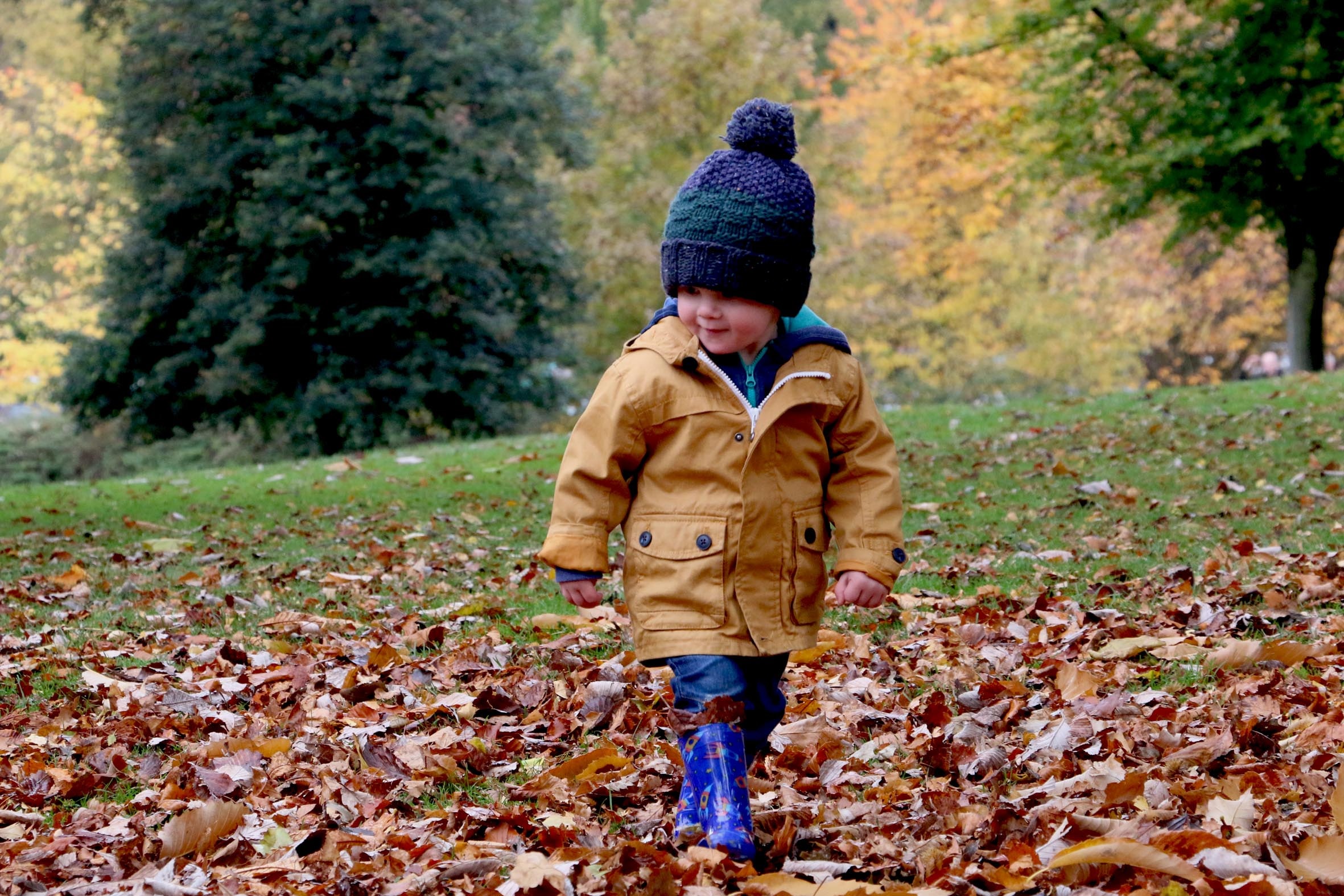
As October rolls around, it brings with it a palette of warm autumn hues, pumpkin-spiced everything, and the joy of walking in crisp fall air. Children, bundled in cozy sweaters, clutch their backpacks as they walk and roll to school, and communities come alive with fall festivals, football games, and the month’s most anticipated event, Halloween. As kids embark on magical journeys through their neighborhoods on paths adorned with glowing Jack-o-lanterns and neighbors chatting on stoops and porches, these annual traditions emphasize the importance of October’s designation as National Pedestrian Safety Month. National Pedestrian Safety Month is dedicated to celebrating the right of everyone to walk or roll to the places they need and want to go safely. In our communities, cars are just one group of road users. Roads are a shared space, where everyone has a right to be and this month serves as a reminder to drivers of their responsibility to watch for and when appropriate, yield to people walking, and to drive at or below posted speed limits.
While October is a convenient month to focus on pedestrian safety because Halloween gets kids very visibly out walking in their communities, it is essential that we use the attention this month to create the conditions needed to support kids and people of all ages to walk safely and confidently throughout their communities at all times of year.
This month, we elevate a recent policy statement on child pedestrian safety from the American Academy of Pediatrics. "The American Academy of Pediatrics (AAP), in its first policy statement on child pedestrian safety since 2009, calls for communities to adopt and promote policies, programs, and legislation that result in a safer environment for pedestrians." To reduce the number of fatalities from childhood pedestrian injury and to promote walking and increased physical activity, the AAP recommends legislative advocacy, community advocacy, and education for children, parents, and caregivers. Drawing upon the proven efficacy and cost-efficiency of the program, the AAP specifically encourages support for “developing safe routes to school”.
As Safe Routes to School practitioners and advocates, we know that while kids must be taught how to walk safely, child pedestrian safety is a community responsibility. Kindergarteners don’t (usually!) install crosswalks and seventh graders don’t install sidewalks. Safe Routes to School programs offer the two things kids need two things to become safe, independent, active road users: education and encouragement and streets and communities designed for people to walk and wheel. Safe Routes to School programs combine these necessary non-infrastructure and infrastructure elements in communities of all stripes and lead the way in child pedestrian safety.
This Child Pedestrian Safety Month we encourage you to help shift the focus from solely individual responsibility to a community’s responsibility. Use this month as a moment to introduce the concept of Safe Routes to School to your local elected official, elevate the joy that kids experience biking to school, or begin conversations with fellow parents and caregivers in your community. With AAP’s recommendations in mind, we compiled resources to assist you in creating safer environments for children through advocacy for better walking and biking routes, improved infrastructure, and community involvement. Together, we can create Safe Routes to School and throughout communities so that every step kids take in our community is filled with safety and joy.
Legislative Advocacy
- Safe Routes to School: A Primer to Understanding the Role of the Governors and State Agency Leaders
- Federal Funding for Safe Routes to School: Evolution Through Four Transportation Bills
Community Advocacy
- Safe Routes to School: A Primer to Understanding the Role of Local Elected Officials
- Making Strides: State Report Cards on Supporting, Walking, Bicycling, and Active Kids and Communities
- Building Blocks Toolkit: A Guide to Starting and Growing a Strong Safe Routes to School Program
- Teaming Up on Road Safety: Actionable Guidance for Integrating Safe Routes to School and Vision Zero Programs
- Step by Step: How to Start a Walking School Bus at Your School
Education for Children, Parents, and Caregivers

